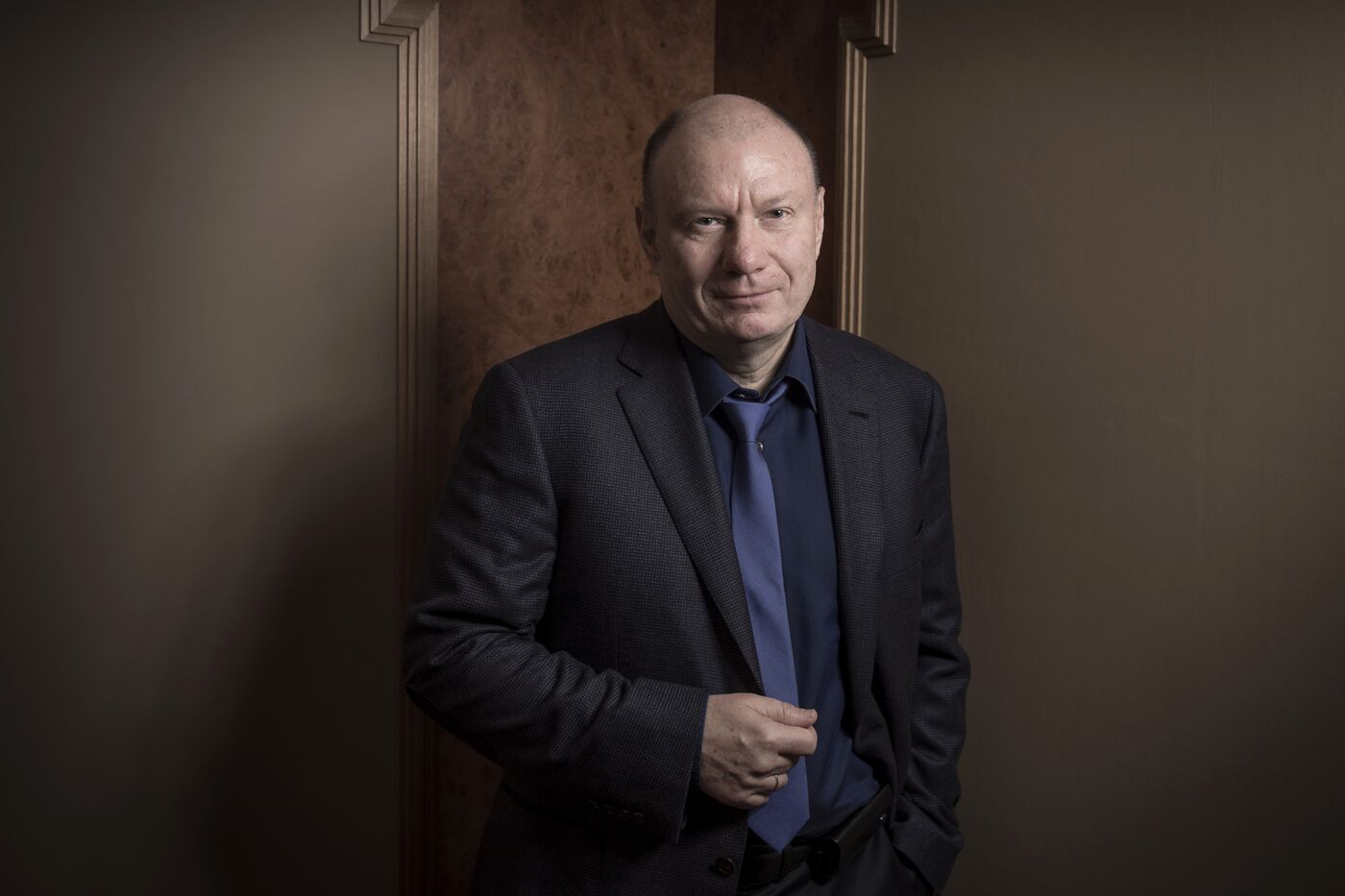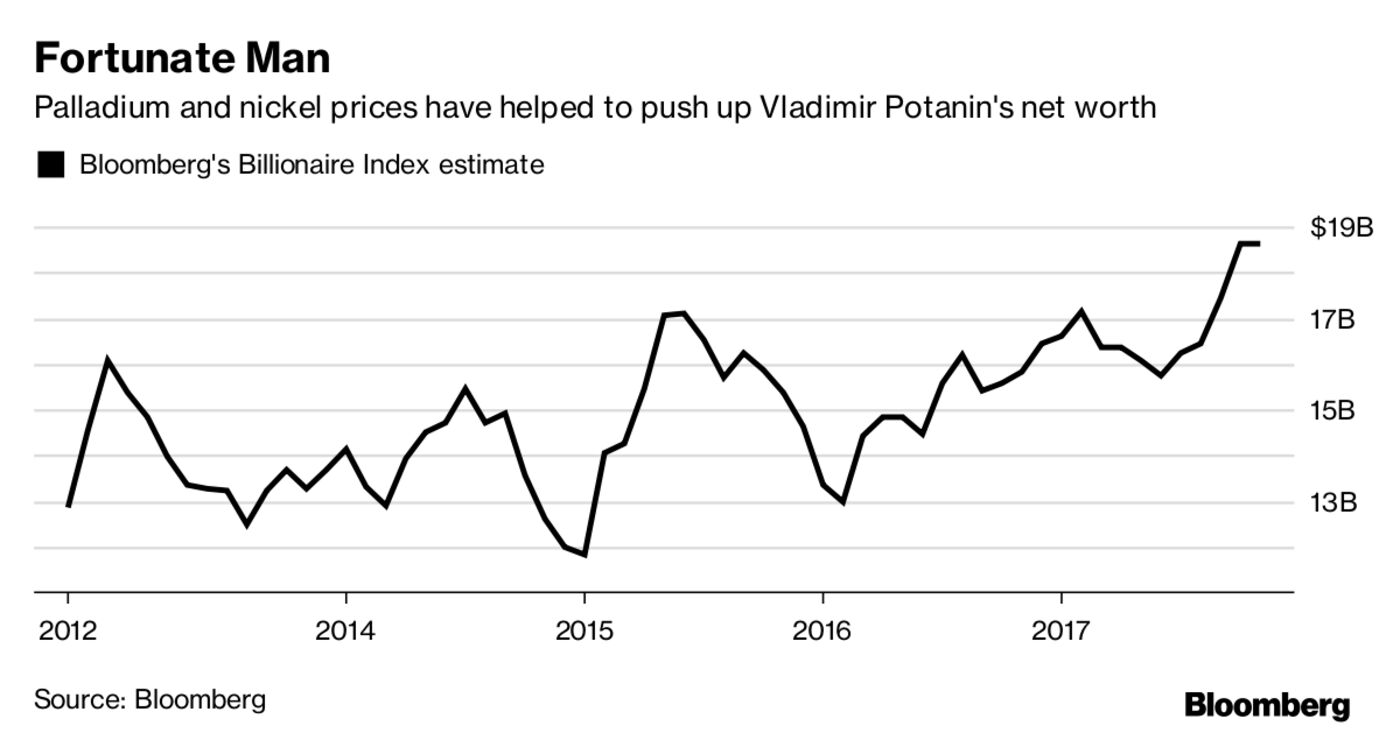The Transition from both Sides of the Coin
posted on
Nov 22, 2017 09:37AM

NI 43-101 Update (September 2012): 11.1 Mt @ 1.68% Ni, 0.87% Cu, 0.89 gpt Pt and 3.09 gpt Pd and 0.18 gpt Au (Proven & Probable Reserves) / 8.9 Mt @ 1.10% Ni, 1.14% Cu, 1.16 gpt Pt and 3.49 gpt Pd and 0.30 gpt Au (Inferred Resource)

Comment:
Thetruth is that eventhough the EV revolution is coming we all know that things don't just happen overnight. Climate change has been around for decades, and it has only been in the last 5 - 10 years that anyone has seriously decided to do something about it. Not necessarily because it's the right thing to do.... because if the powers of the world had a conscience all of this pollution talk would have been taken care of long ago. No, it's because there is more money to be made by those who tell governments what to do. We have decades to go before the EV world makes its mark, and until then those who see the inevitable are more than happy to prolong it's coming to make money eitherway, and along the way. I am sure your average Saudi billionaire has friends in high places that will make sure the EV market takes its time.
The EV age is still in its infancy. It will take time to grow, and just like everything else you've bought in the past the same old adage applies...Never buy the first generation of production, because they haven't worked the bugs out it yet and it's expensive. Wait until the price of going "Green" becomes affordable, and you don't have to break the bank to take part in it. Tesla's EV car goes 320 km on a single charge. The lowest model goes for over $60,000. It's battery is good for 5-7 years, then it costs $16,000 to replace. It costs money to install the charging port a home, and currently public infrastructure is limited, which means you'll be lucky to charge away from home; all from memory.
Until this changes both palladium and platinum will be around....The being said the whole thing just gives me GAS.

There are two major reasons mining billionaire Vladimir Potanin is within a hair’s breadth of regaining his ranking as Russia’s richest tycoon this year.
One is higher prices for nickel used in batteries as metals traders bet electric vehicles are the future of transportation. The other is a jump in palladium on wagers that gasoline cars will be here for a long time yet.
They’ve boosted the value of Potanin’s 30 percent in MMC Norilsk Nickel PJSC, the top miner of both metals, lifting his net worth 12 percent this year to $19 billion. They also show how Nornickel, as it’s known, will gain from auto-industry changes even if optimism on electric cars is overdone.
Palladium, used to cut pollution in gasoline and hybrid-electric vehicles, is up 47 percent this year in the best performance of any major metal as buyers turn away from dirtier diesel-powered cars after an industry scandal on emissions testing. Nickel climbed 16 percent in the period.
“Development of the electric-vehicle industry will lead to increasing demand for nickel and cobalt, but it won’t happen that fast,” Potanin said in an interview Monday. “Demand for palladium won’t fall as there will still be a lot of gasoline powered cars. And regulations are getting stricter.”
Potanin said that he would prefer to have palladium prices at parity with platinum and that Nornickel will make sure that supply remains stable despite high demand. To that end, the company “decided against starting a marketing program for palladium for jewelry because we want to send a clear signal to the market that the palladium we produce is for the car industry," he said.

The company controls 40 percent of the world market for palladium, mostly used in auto-catalysts to cut pollution from gasoline cars. Nornickel shares have risen 27 percent in the past six months, increasing Potanin’s wealth to just $100 million less than steel tycoon Alexey Mordashov, Russia’s richest man, according to estimates by the Bloomberg Billionaires Index.
It also dominates nickel output and is Russia’s biggest producer of copper, both needed for batteries used in the growing numbers of electric vehicles hitting the street.
Demand for nickel from the electric-car market may grow to as much as 400,000 metric tons in 2025 from just 20,000 tons, Nornickel says. That adds to existing demand for nickel from stainless-steel makers, the biggest users of the metal.
The company signed a deal with BASF SE this year to experiment with boosting its sales of metals to battery producers.
“This will be a test project and, if successful, we may start production of industrially important amounts by 2020,” Potanin said. “We want to see how the situation will develop.”
Yet, Nornickel will hold off making investments in large-scale output for electric cars while the technology is still in flux, and the company is ready to reconsider its vision as trends change, according to the CEO. “We’re not a venture-capital company,” he said. “We’re an industrial company and we need to invest in winning technologies.”
While the expansion of electric vehicles is poised to impact the nickel market, estimates of demand are uncertain at such an early stage, according to Sergey Donskoy, an analyst at Societe Generale SA in London.
“The technology is still developing,” Donskoy said. “Assessments of the future EV market and metals consumption are based on technology that’s available now, and speculation on what the consumer will buy.”
In addition, Nornickel will need to make significant investments to meet any spurt in demand, particularly as the grade of its ore gradually declines and EV manufacturers will have specific needs, he said.
That raises the stakes for management, which needs to decide whether the company sticks to the mining business that it knows best or takes advantage of new opportunities that arise from electric vehicles or other developments in information technology.
“It’s not only a technical decision,” said Potanin. “It’s a decision about the philosophy of our company.”
Either way, Nornickel can still rely on some of the world’s lowest costs, making it one of the most profitable miners in existence.
Its uncommon deposits within the Arctic Circle’s frozen tundra have a history of development dating back to the Second World War and Soviet leader Joseph Stalin’s archipelago of gulag work camps. Other operations are on the Kola Peninsula near Norway.
The margin on earnings before interest, taxes, depreciation and amortization is forecast at more than 48 percent this year, according to a survey of analyst estimates compiled by Bloomberg. That also hands shareholders one of the industry’s richest dividends, with a yield close to 10 percent, or about double that of mining giant BHP Billiton Ltd.
“Nornickel has unique deposits that are rich in everything,” said Kirill Chuyko, head of equity research at BCS Global Markets in Moscow. “Plus the cost of mining is relatively low and it’s hard to find a similar peer. The expected electric-vehicle boom is only making its position stronger.”